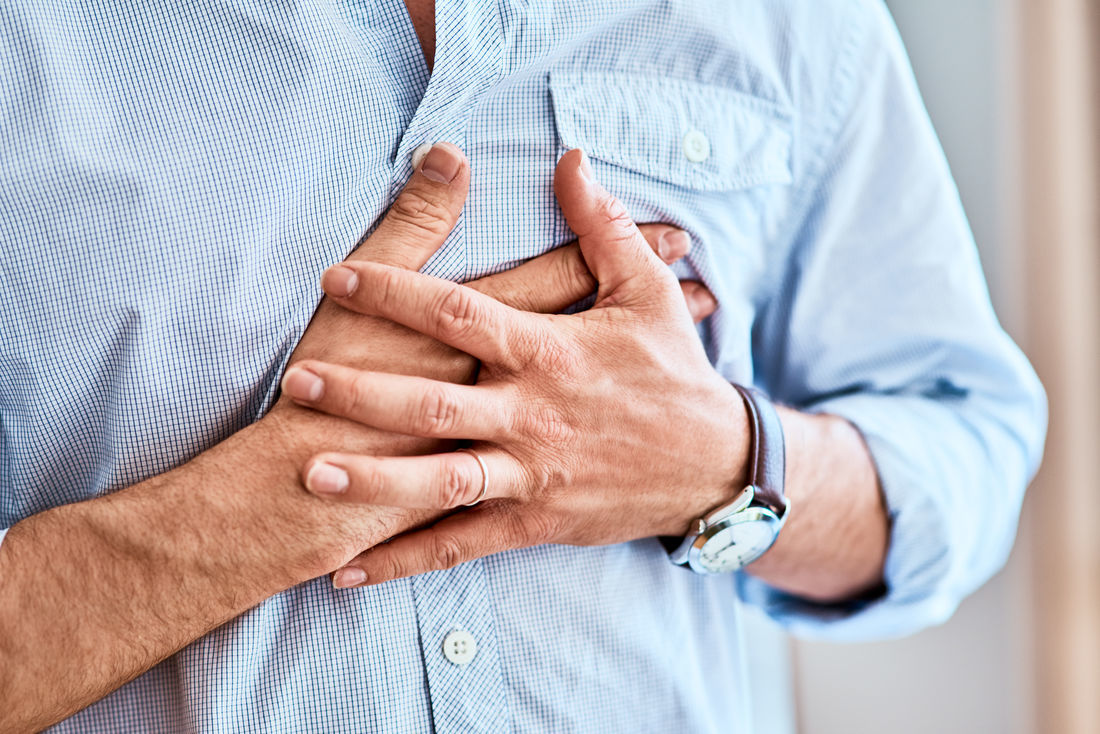What is a Cardiac Arrest?A cardiac arrest occurs when the heart stops beating and can often lead to death. A person in cardiac arrest will collapse and stop breathing normally. This is due to blood not flowing through their veins, resulting in their brain not receiving oxygen. When this is the case, they should receive cardiopulmonary resuscitation (CPR) immediately. A cardiac arrest can be the result of numerous factors including a heart attack, a result from drowning, drug overdose, massive trauma (e.g., a car accident), or a number of medical conditions. A cardiac arrest can happen to anyone, it can happen to a 2-year old drowning victim, a healthy and fit prospective 23-year old athlete on a sports field, a hard working 50-year old Mum, or a 75-year old teacher enjoying his retirement years.
|  |
Heart AttackCirculationA blockage or narrowing of the coronary artery cuts off or reduces blood flow to the heart causing damage due to lack of oxygen. | VS | Cardiac ArrestElectricalThe heart stops beating abruptly from a malfunction in the heart's electrical system or a sudden change in the circulatory system. |
| May Occur Hours or Days BeforeSymptoms are recognised.
| Symptoms | May Occur Moments BeforeLoss of consciousness & collapse
|
What to do when you suspect a Heart AttackCall 000If you think someone may be having a heart attack, regard this as an emergency. Do not waste vital moments. Rather than going to a doctor's clinic, take these steps:
*This advice is based on the Heart Attack Action Plan from Heart Research Australia | Take ActionUntil Help Arrives | What to do when you suspect a Cardiac ArrestCall 000Make sure it is safe to approach:
Push
Shock
|
 | What to do?If you see someone having a cardiac arrest, the most important thing to do in that moment is to follow our three-step process – CALL, PUSH & SHOCK. Call 000 and explain what is happening, Push by beginning CPR compressions, and Shock by using an AED when one is available. Cardiopulmonary Resuscitation (CPR) is performing chest compressions at the beat of 120/minute and is designed to push the blood around the body and towards their brain. On its own CPR will not bring a cardiac arrest victim back to life. For that to happen you will need an AED Defibrillator that will shock the heart back to a working rhythm. An Automated External Defibrillator (AED) is design for ease of use by members of the public. Each unit comes with instructions on how to apply and use on a cardiac arrest victim with complete safety. |
